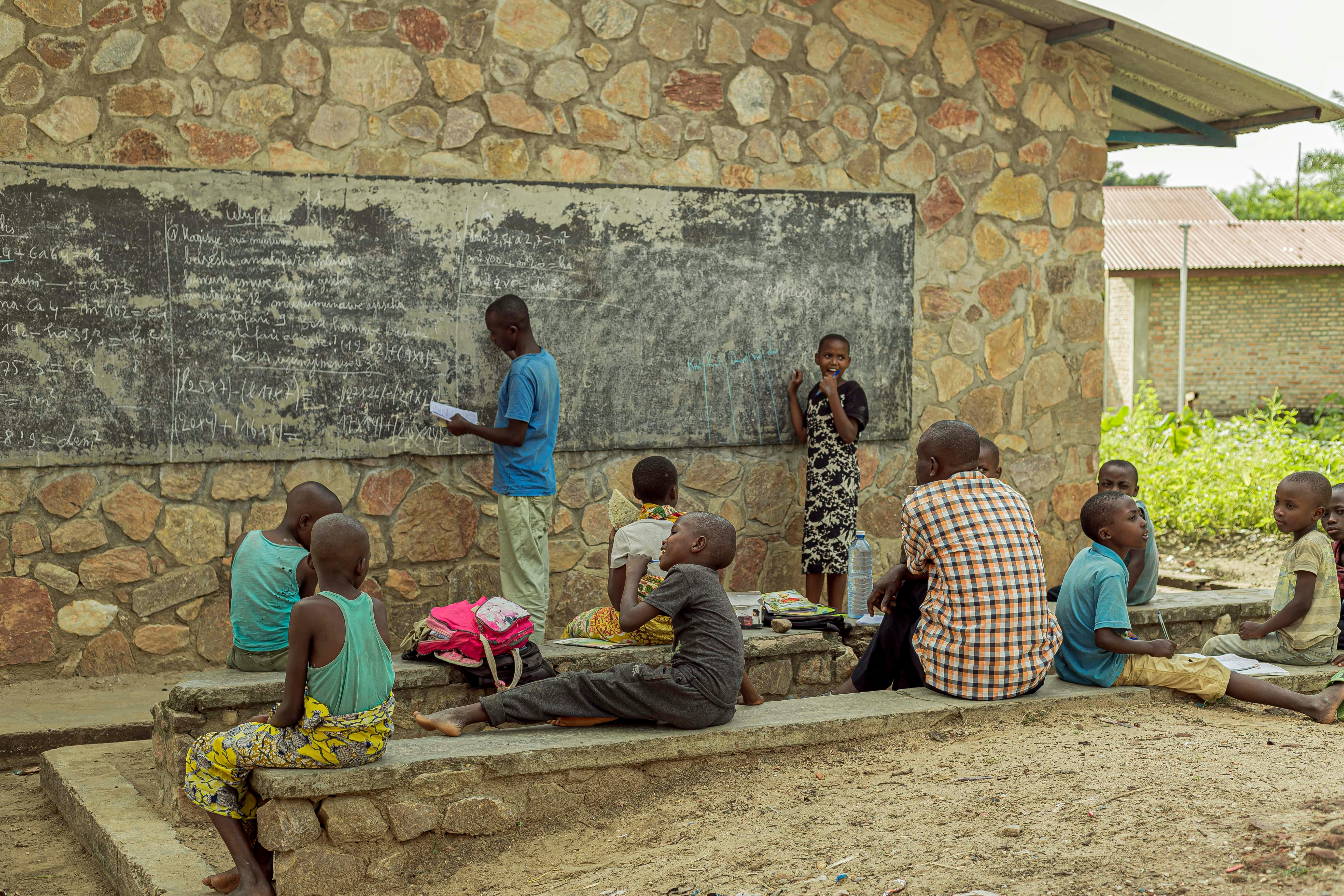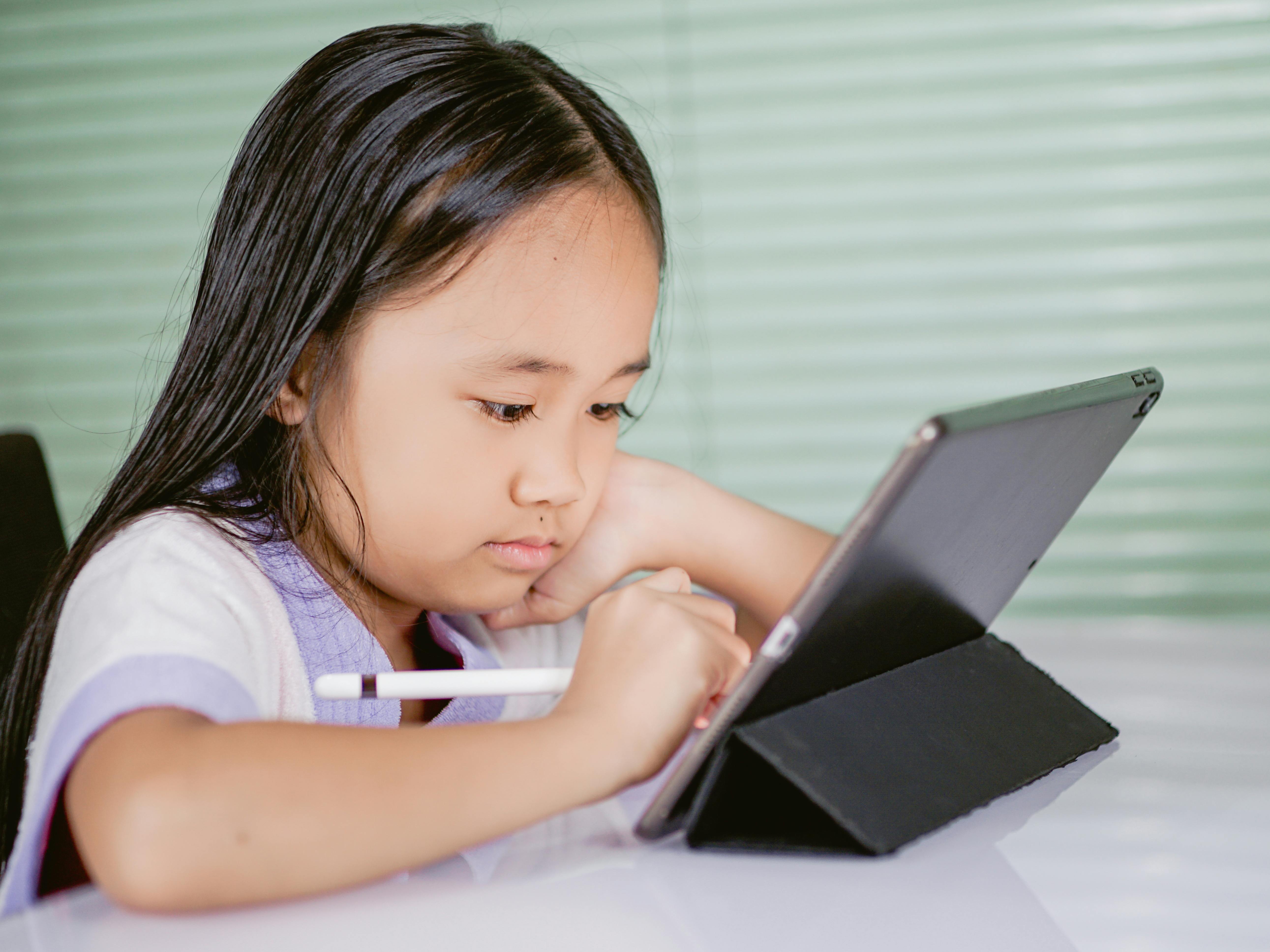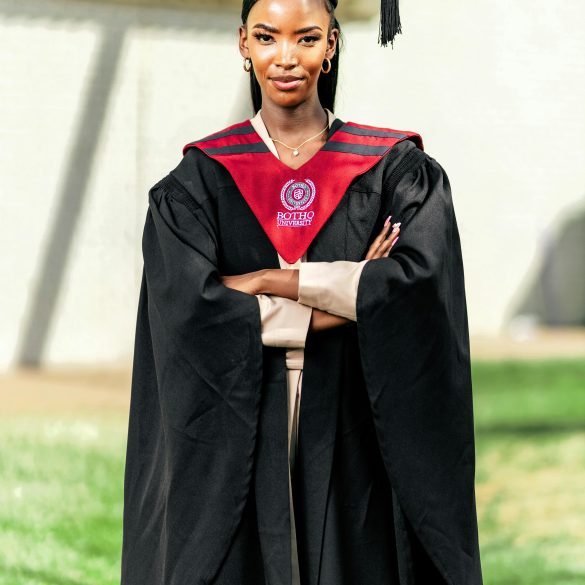Burundi Digital Learning: Simple Steps Transform Rural Education Fast
Let me be honest from the get-go: when I first encountered the challenge of digital learning in Burundi’s rural classrooms, my head spun—part skepticism, part genuine curiosity, part “how on earth will this work?” skepticism. There’s something intensely real about stories from teachers roaming hills with patched-up laptops, about students who, just last year, had never touched a tablet. I’ve spent enough time in dusty schoolyards, listening to teachers admit, “We don’t even have stable power,” to realise this conversation cannot start with flashy tech, but with human practicalities—a step-by-step approach that, frankly, has to feel achievable for the people on the ground.
So, what can nations like Burundi—landlocked, sometimes overlooked, often wrongly stereotyped—teach us about smart, simple ways to make digital education stick for rural kids and their hardworking teachers? If you’re new to the scene, expect foundational truths and careful, layered explanations. If you’re intermediate (perhaps you train rural educators or implement pilot projects), let’s dig into pragmatic methods and pitfalls. For those who know the system inside out, I’ll share the latest local successes, sustainable models, and subtle cultural twists that shape what actually works—far from donor reports and international conference calls.
Why Burundi? Ground Reality and Digital Promise
Nowadays, everyone’s talking about digital revolution in African schools, especially post-pandemic. Some folks picture Zoom classes and instant eBooks flooding in. Back in 2021, Burundi’s Ministry of Education quietly started pilot digital literacy classrooms not in main cities—but in the provinces of Ngozi, Gitega, and Ruyigi, where internet signals flicker and basic infrastructure holds together “by threads,” as one local principal joked to me last year2.
Here’s the crucial “Did You Know?” fact: Less than 8% of teachers in rural Burundi regularly used digital tools before 2019—almost all local training, if it happened, was informal, relying on circuit-riding volunteers and donor laptops3.
That’s not just policy talk. It’s more like local survival strategy—teachers want digital tools, not for the sake of “innovation,” but to catch up, to avoid being forever left behind regionally, even as neighboring Tanzania and Rwanda speed ahead5.
Barriers: What’s Different for Rural Burundi?
People often ask me—“Why can’t rural teachers just use the same tech as city schools?” Let me break it down, no sugarcoating:
- Connectivity is sporadic: With less than 30% rural coverage, teachers often rely on basic mobile networks—or none at all.
- Electricity outages are the norm: Some rural schools use solar chargers, some run entire lessons from single power banks.
- Digital skills are patchy: A lot of teachers still lack basic confidence—even turning on a device feels intimidating.
- Language and cultural relevance: Most digital resources are French or English—hardly any Kirundi, which matters when kids struggle with textbook words, let alone digital prompts.
On second thought, it’s worth mentioning the emotional weight. Teachers in Burundi’s upcountry regions keep telling me, “It’s not about gadgets. It’s about trust, pride, and feeling included.” The moment a teacher brings their own child to a pilot session, you know this is a human revolution, not a technology rollout.
That’s what really strikes me. We talk tools; they talk hope. Which brings us to the question that matters: how do we bridge all these gaps—practically, emotionally, and sustainably—without losing sight of Burundi’s local context?
Simple Steps: Burundi’s Roadmap for Real Digital Learning
Let’s think practically. In my own experience consulting rural schools in Ngozi and Cibitoke, every sustainable digital transformation hinges on breaking huge problems into small bites. Fancy devices alone never moved the needle; context-appropriate steps always did.
Step 1: Start with “Bilingual” Digital Basics
First, don’t assume digital learning starts with devices. Burundi’s pilot approach focuses on low-tech “bilingual” lessons, mixing basic paper exercises with digital demos on shared tablets. Teachers co-develop slides in French and Kirundi—which they then narrate live, so even non-literate parents can understand (I’ve seen grandmothers dropping by for sessions, sometimes learning side by side with children).
Step 2: Empower Community Technology Mentors
Back when digital learning was novel in Burundi, local government worried about “tech drop-outs”: kids and teachers who’d abandon new tools after one failed session. The solution? Not outsiders. Instead, each rural zone appointed “Community Technology Mentors”—university students, retired teachers, even local traders with semi-advanced tech knowhow.
- Mentors run refresher camps in marketplaces every two months
- They troubleshoot devices, train teachers hands-on, and keep enthusiasm alive
- They “adopt” rural schools for ongoing support, acting as local tech pillars
I’ve watched as a single mentor with an old netbook inspired two dozen students in a village to build their first digital stories, all in Kirundi—a small, seemingly mundane step that feels game-changing in context.
Step 3: Use Solar-Powered, Offline-First Devices
This is where Burundi’s approach departs radically from donor-driven models. Instead of relying on city-grade laptops or constant connectivity, teachers are equipped with “offline-first” tablets loaded with local curriculum, all powered by community solar hubs. Classes run seamlessly—even on stormy days or when power cuts strike unexpectedly (which, let’s face it, is most days).
| خطوة | وصف | Local Adaptation | تأثير |
|---|---|---|---|
| Offline-first devices | Pre-loaded lessons, zero reliance on live internet | Uses local languages and rural-tailored modules | Consistency despite outages; boosts teacher confidence |
| Solar hubs | Community charging stations for all devices | Built collaboratively using local materials | Power reliability and shared ownership |
Pause here and think about the ripple: one solar charger, powered by local panels and repaired by community youth, keeps three schools running through rainy season.
Step 4: Teacher-Driven Digital Content Creation
Funny thing is, early digital rollout in Burundi stalled whenever teachers were passive “users.” When they became digital content creators—recording audio lessons in Kirundi, designing homemade quizzes—the learning stuck, naturally. Students recognized their teachers’ voices, engaged more, and felt a burst of pride seeing local culture woven into digital exercises8.
- Recorded class stories in Kirundi boost literacy
- Locally-made digital quizzes increase lesson retention
- Audio modules aid students with learning challenges
Case Study: The “One Device, Many Teachers” Model
The more I consider this, the more I realise the importance of resource sharing. In Bururi province, a secondary school divided one tablet among five teachers—each developing different subject modules. Staff scheduled “device shifts,” planned lessons collectively, and rolled out rotating digital sessions so no educator felt left out. It built camaraderie, sharpened creativity, and ultimately benefited students far beyond what solo tablet use ever achieved.
I’m still learning about collaborative models like these—every school adapts things to their own rhythm. What remains constant: simple steps, locally driven, create more momentum than “big bang” digital rollouts.

What Works: Proven Practices from Local Classrooms
Ever notice how so many digital learning articles jump straight to “best practice” lists? I’ve made this mistake—forgetting to highlight the small daily wins that fuel real transformation. I want to revisit Burundi’s schools not from theory, but from honest classroom experience. Here’s what consistently works in rural digital learning, even in the toughest settings.
1. Peer-Led Problem Solving
Certainly, government reports wish for smooth implementation. However, in practice, tech introduction stirs up everyday hiccups—frozen screens, forgotten logins, shaky Wi-Fi. The peer-led troubleshooting circles, often run informally by “technology mentors” and teacher aides, have emerged as low-cost genius. Instead of waiting for outside help, teacher groups meet weekly, share setbacks, try fixes, and document quirks.
- Real-time device support from peers
- Shared “logbook of solutions” in classrooms
- Mentor-led workshops at district level (twice quarterly)
2. Local Language First—Not Last
I go back and forth on this: should advanced learners push forward in French and English, or anchor digital modules in Kirundi first? The more teachers create learning materials in Kirundi, the more students—especially young girls—gain digital confidence early. One primary school in Muyinga saw math scores climb 18% after switching from French-only digital quizzes to fully “Kirundi-first” modules10.
- Kirundi menu interfaces for tablets
- Stories narrated by local teachers for playback
- Peer translation workshops for rural educators
3. “Whole Family” Approach
Sound familiar? So many kids in rural Burundi live with relatives who never finished school. Pilot digital literacy clubs—open to siblings, parents, even neighbours—help demystify technology and strengthen school-community bonds. These clubs use community spaces after school hours; local radio helps spread word each week.
| Activity | Who Participates | Frequency | Results |
|---|---|---|---|
| Family literacy clubs | Students, parents, siblings | أسبوعي | Stronger community-school ties |
| Community device days | Teachers, local traders | شهريا | Increased device confidence |
| Peer digital quizzes | Student pairs | Bi-weekly | Higher retention rates |
Let that sink in for a moment. The most lasting shifts aren’t individual—they’re collective. Whole families learn, sometimes together, sometimes in relay, building local pride, which is honestly more powerful than any externally “certified” innovation.
Teacher Training: Building Digital Confidence
If I’m passionate about one thing, it’s the need for ongoing, humble teacher development. The early mistake (I admit, I fell into this too!) was running “one-off” weekend digital boot camps, hoping quick fixes would last. Actually, thinking about it differently, sustainable digital confidence builds slowly:
- Incremental peer coaching—weekly, not quarterly, with encouragement and local “how-to” contests
- Micro-grant support: small village funds for locally-made digital lesson materials
- Public recognition: monthly “digital champion” certificates awarded by community councils
I remember when a teacher from Rumonge, winning her first “digital champion” award, wept tears of joy. That’s a moment of genuine impact: confidence, pride, and contagious motivation. These are more than statistics—they represent real change, as confirmed by education experts and field studies12.
Challenges & New Opportunities
Here’s the thing though: digital learning in Burundi’s rural heartlands is far from fixed. I have genuine uncertainties about sustaining device networks, about balancing tradition with modernity, about keeping costs reasonable. Teachers often admit, “We adapt, but sometimes we still feel left behind.” No silver bullets here.
- Device durability: Cheap tablets don’t always survive rainy season.
- Funding gaps: Rural councils, not large donors, drive local progress—it’s messy but builds ownership.
- Regulatory hurdles: Approvals for community-generated content can lag months, risking momentum.
- Cultural resistance: Some local leaders fear “too much” new tech erodes old ways.
I need to revise my earlier point: challenges don’t mean stagnation. They mean opportunity—space for creative solutions, for evolving local leadership, for community-driven learning science. For every failed device rollout, another village invents its own hybrid digital-in-person club, as recently seen in Kirundo province13.
Future-Proofing with Local Values
Looking ahead, as digital tools spread slowly into Burundi’s rural schools, my thinking has evolved. There’s a clear lesson: lasting impact depends on rooting innovation in local values, not quick imports. Pilot programs now run three-year cycles, giving communities time to adapt, fail, try again—and blend technology with ancestral wisdom.
Meanwhile, regional partnerships with NGOs and neighbour countries offer scalable models—Burundi learns from Rwanda’s device lending system and Tanzania’s open-source lesson bank. These cross-border learnings reduce isolation and bring healthy, incremental competition14.
Conclusion: Simple Steps, Lasting Change
Let me step back for a moment. Why do Burundi’s small steps toward digital transformation matter? Because in villages where innovation means survival, and pride is tied to student progress, each “tiny” digital success—each locally-crafted quiz, each community mentor day—builds exactly the kind of long-term growth that international models often miss. In my experience, slow is fast, local is global, and digital learning only lasts when built at human scale.
So, whether you’re a teacher, policymaker, or curious parent, remember: Burundi’s simple digital steps are worth emulating—anywhere innovation meets real classroom lives.
مراجع



